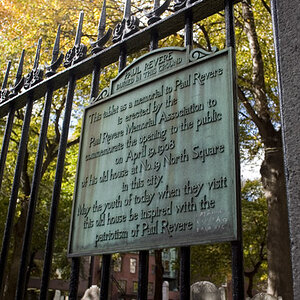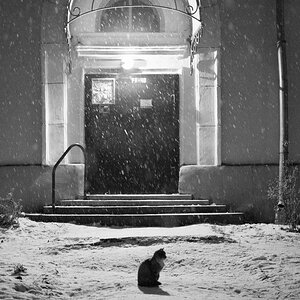Chrisc1977
TPF Noob!
- Joined
- May 13, 2018
- Messages
- 1
- Reaction score
- 0
- Can others edit my Photos
- Photos OK to edit
Good evening to all
New to the forum so please go easy
I am using a Nikon D3400 and currently have an 18-55 and a 55-300mm lens. These have been good to me for the past few years as I have been learning to use a DSLR.
Recently I have started to enjoy bird and wildlife photography and Im finding I need a lens that gets that bit closer. This is the same story when Im at somewhere like Silverstone for the motor racing. I get pictures that I'm happy with but I want to step it up a bit, get that bit nearer to the subject without a loss of clarity.
I have been looking around this weekend and Ive seen the Sigma 150-500 and Sigma 120-400.
Are either of these going to be an improvement on the 55-300? Will they get me that closer to the subject?
My initials thought are 400mm or 500mm is greater than the 300 so therefore it must get me nearer but is it really as simple as that?
Any guidance would be greatly appreciated.
Thank you.
New to the forum so please go easy
I am using a Nikon D3400 and currently have an 18-55 and a 55-300mm lens. These have been good to me for the past few years as I have been learning to use a DSLR.
Recently I have started to enjoy bird and wildlife photography and Im finding I need a lens that gets that bit closer. This is the same story when Im at somewhere like Silverstone for the motor racing. I get pictures that I'm happy with but I want to step it up a bit, get that bit nearer to the subject without a loss of clarity.
I have been looking around this weekend and Ive seen the Sigma 150-500 and Sigma 120-400.
Are either of these going to be an improvement on the 55-300? Will they get me that closer to the subject?
My initials thought are 400mm or 500mm is greater than the 300 so therefore it must get me nearer but is it really as simple as that?
Any guidance would be greatly appreciated.
Thank you.


![[No title]](/data/xfmg/thumbnail/38/38741-89a8c6f9d841889783a4fae2b8c40902.jpg?1619738704)
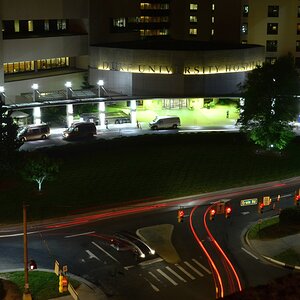
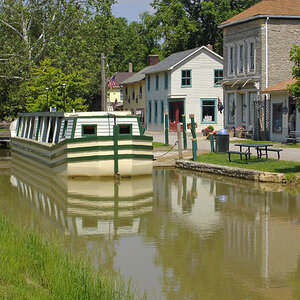
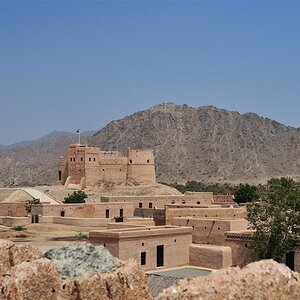
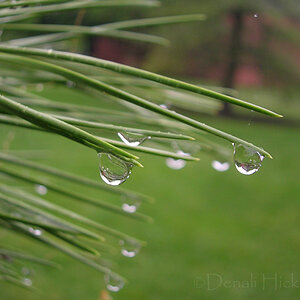
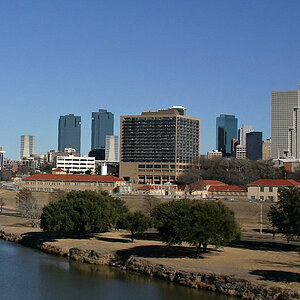

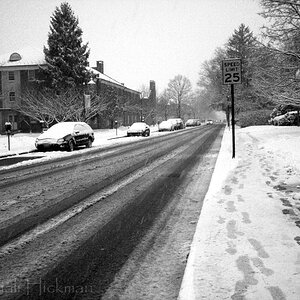
![[No title]](/data/xfmg/thumbnail/38/38739-1ad36a46750bafbe805f009b4453e8be.jpg?1619738703)
